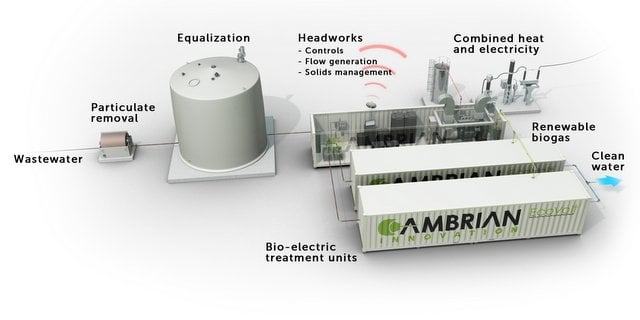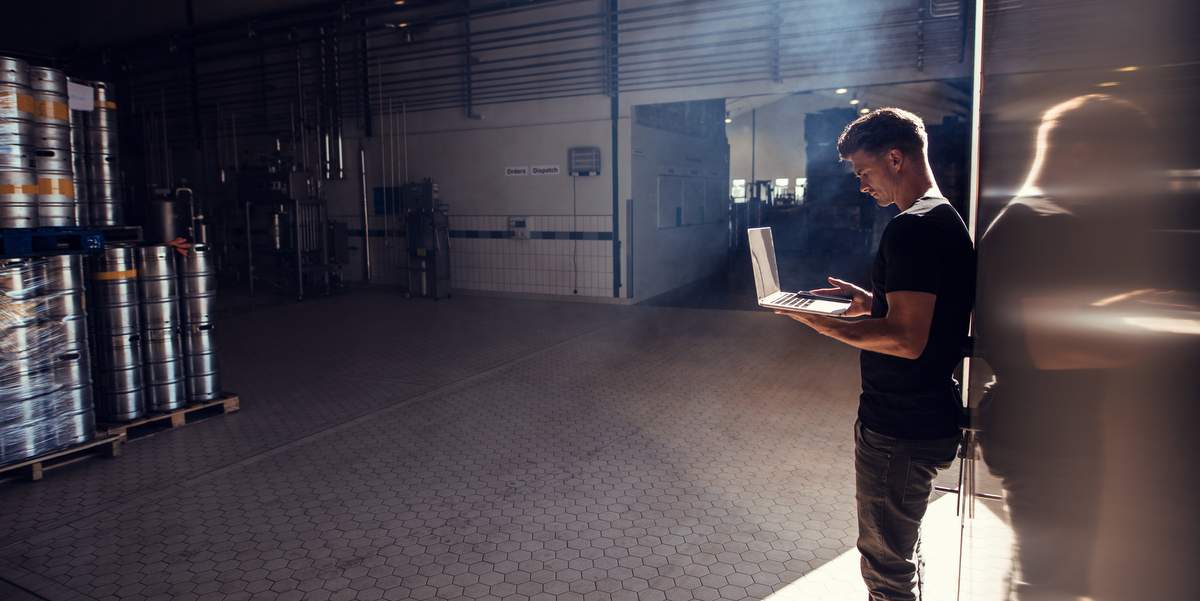The Food Safety Modernization Act, the largest reform of food safety laws in more than 70 years, has some specific standards brewers should take note of. Didn’t read the entire 900+ page document? Well, here’s what brewers need to know:
Higher brewing cleaning standards

Brewers are now being treated as and held to the same standards as food manufacturers and food processors. This means many brewers are now looking to their colleagues in the food industry for tips on cleaning and sanitization measures.
Environmental cleaning
Breweries have always maintained high standards when it comes to the cleanliness of brewing tanks and lines. Something that hasn’t been of much concern in the past, or something inspectors focus on is the cleanliness of the brewing environment as a whole. Now, not only is it important to keep everything from the floors to the rafters squeaky clean, it’s also important to be able to point to your specific sanitation measures.
Brewery-specific concerns
There are also a number of concerns brewers should consider that are specific to their unique brewing space.
- Brewers who also serve food need to have specific additional measures in place to guarantee the safety of food served.
- Breweries that bottle their product should have procedures in place to safeguard against glass shards finding their way into the product.
- Breweries that brew different types of product should ensure these do not have the opportunity to cross-contaminate. For example, breweries that brew both sour and non-sour beers should have measures to ensure the wild yeast and bacteria used in these sour brews doesn’t find its way into non-sour batches.
What this means for you
If this is the first time you’re hearing of these increased regulations, it’s important you act now. Don’t get too overwhelmed though; luckily, your colleagues in the food manufacturing and processing industry have had to meet these standards for quite a while now and have some tips you can pick up.
One of the easiest and most effective ways to increase quality assurance in a facility is to implement color coding. To guarantee the safety of a brewing environment, many brewers designate a color for cleaning tools that come in direct contact with the product (tanks, lines) and a different color for things that do not come in contact with the product (floors, walls, etc).
Apply the same concept to the cleaning of outside areas. In this scenario, any cleaning tools that clean outside areas (parking lots, loading docks, etc.) should not be used anywhere near the production line as these environments can introduce new allergens and contaminants. A simple two-color color coding plan keeps cleaning safe and organized.
Depending on your brewery’s unique setup, you may want to implement additional colors. For example, brewers that bottle beer often have a color designated for tools used in glass cleanup, and those that serve food or brew multiple beer types in one location tend to have larger color coding plans to account for these different points of contact that should be kept separate.
If there is one take away, remember that the key to keeping inspectors happy and preventing potential noncompliance penalties is to plan, plan, plan — we said it three times so you know it’s important.
In the planning process, consider the lifetime of your brewing process from the gathering of your ingredients to the moment your product is delivered to the store, bar or restaurant where it is served. During this journey what potential risks are there to your product’s safety? What measures allow for traceability in the event of contamination? When in doubt, consult an expert in color coded cleaning who can guide you through this process and work with you to develop a successful plan for your facility.
Adam Serfas is the owner and president of R. S. Quality Products. The company specializes in sanitary, coded-coded cleaning tools, manufacturing stainless steel, aluminum and fiberglass handles in ten colors.





[…] Consistent quality control was a major talking point in the lecture. Without consistency, a characteristic that many breweries have difficulty with, small drifts in flavors may go unnoticed. Quality control entails expensive equipment that is constantly evolving along with all brewing infrastructure. Quality control is likely to become more of an issue for startup breweries, because breweries will be held to the same standard as food manufacturers. […]